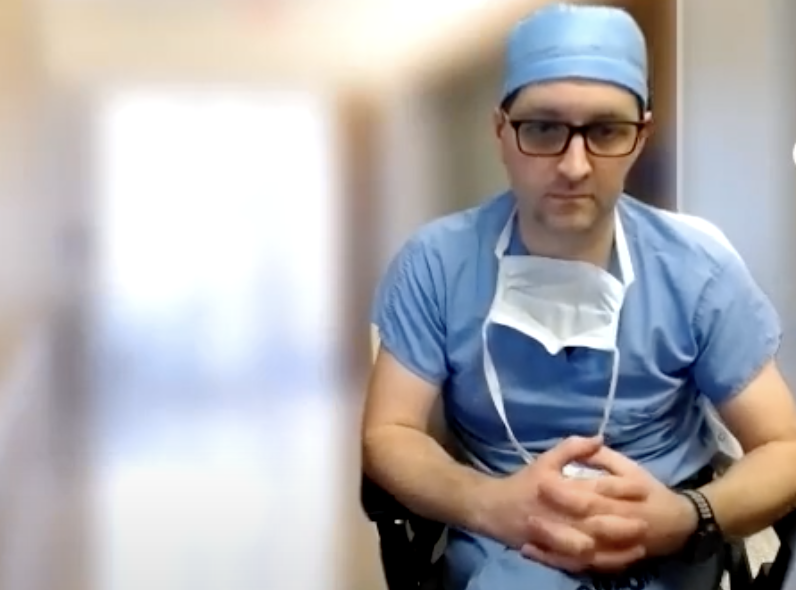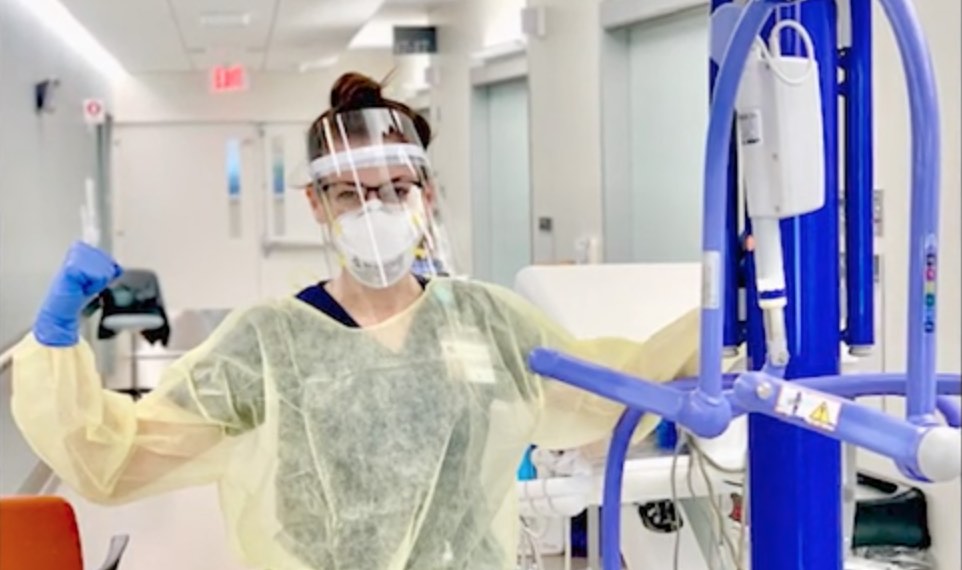NEW YORK (Reuters Health) – Across many subgroups of preterm infants, high-frequency oscillatory ventilation (HFOV) and conventional ventilation are just as likely to prevent bronchopulmonary dysplasia, and they are equally safe, according to a meta-analysis published online June 1 in The Lancet.
For now, “for preemies with surfactant deficiency, physicians can use either HFOV or conventional ventilation, but maybe feel more comfortable that they’re not doing more harm by using HFOV,” Dr. Richard B. Parad from Harvard Medical School, Boston told Reuters Health.
For premature infants who lack surfactant, HFOV “sends waves of pressure, equivalent to giving very many tiny breaths to exchange air in their lungs,” Dr. Parad said.
That’s considered more gentle than conventional ventilation, in which “a bolus of air is pushed into the lungs at the rate of breathing” and “is a potentially traumatic way to manage lungs because each bolus of air exerts a stress effect and a pressure effect that can set off signals for injury to develop.”
Dr. Parad, who wrote an editorial published with the meta-analysis, said that 17 randomized controlled trials have had conflicting results, suggesting that HFOV may not be as effective as conventional ventilation. One trial suggested it carried a higher risk of intraventricular hemorrhage.
To try to resolve these discrepancies, Dr. Filip Cools at Vrije Universiteit Brussel, Brussels, Belgium and colleagues obtained individual data from 10 randomized trials comparing HFOV to conventional ventilation. The 3229 infants had been born at a mean gestational age of 27.3 weeks, weighing a mean of 989 g.
For the primary outcomes – bronchopulmonary dysplasia at 36 weeks’ postmenstrual age, death, or severe brain injury – there was no significant difference between groups in risk.
Nor did primary outcome rates differ based on gender, gestational age, birthweight (above or below the 10th percentile), chorioamnionitis status, oxygenation index at trial entry, or antenatal corticosteroid treatment.
However, HFOV was associated with less of a need for surgery to close a patent ductus arteriosus (relative risk 0.61), and with less retinopathy of prematurity stage 2 or more (RR 0.83). At the same time, it was linked to an increased risk of pulmonary air leak (RR 1.15).
In his editorial, Dr. Parad notes that the data published this week represent just half of the researchers’ project. The next phase will include a multivariate analysis, so the potential still exists “for those results to guide the clinician to specific circumstances (subcohorts or therapeutic protocol variants) in which HFOV is more beneficial than is conventional ventilation.”
The study was partially funded by Drager International, which manufactures ventilators, and by Nestle, which produces nutritional supplements for ventilator-dependent patients.
Reference:
Lancet 2010.









